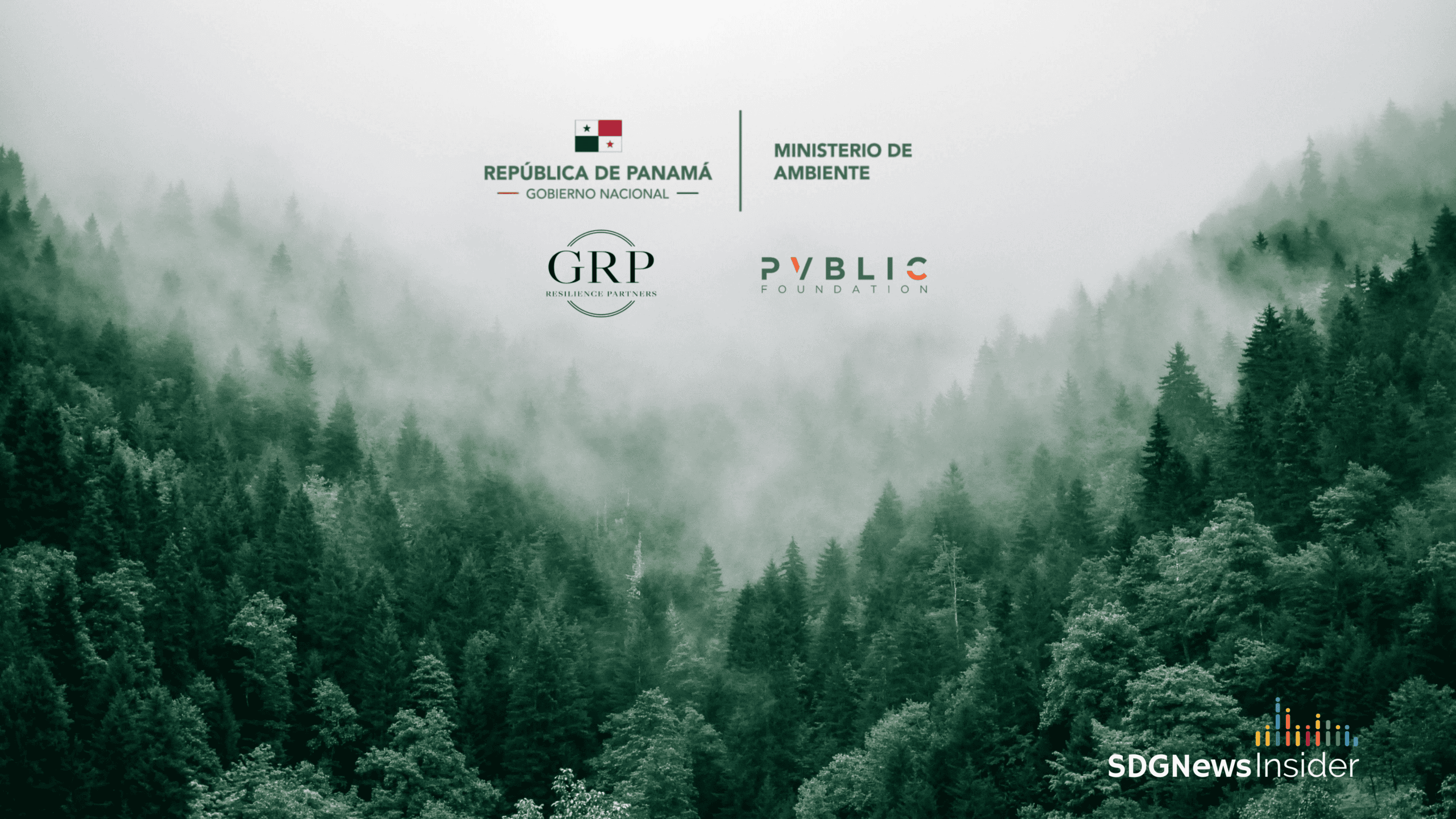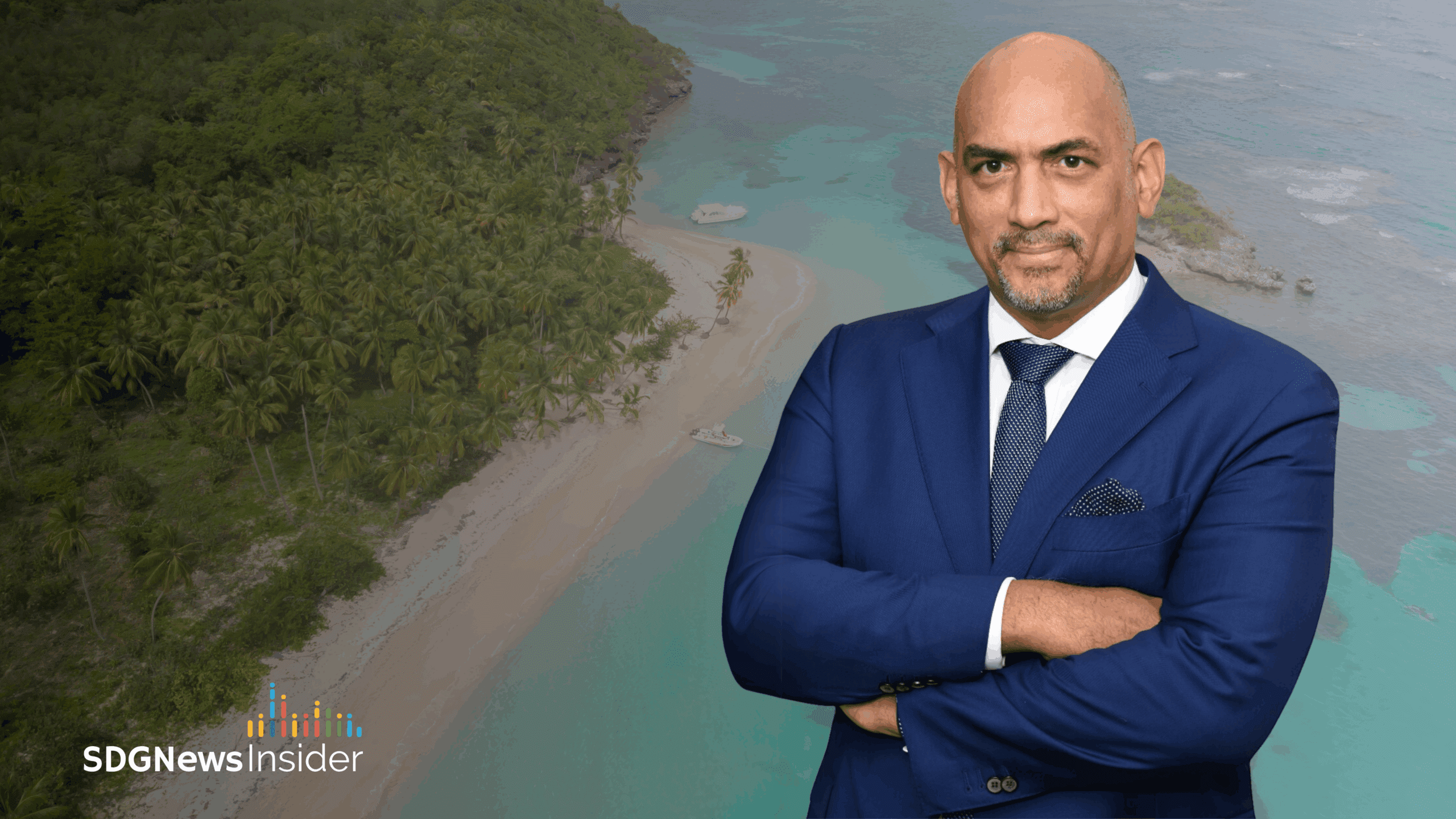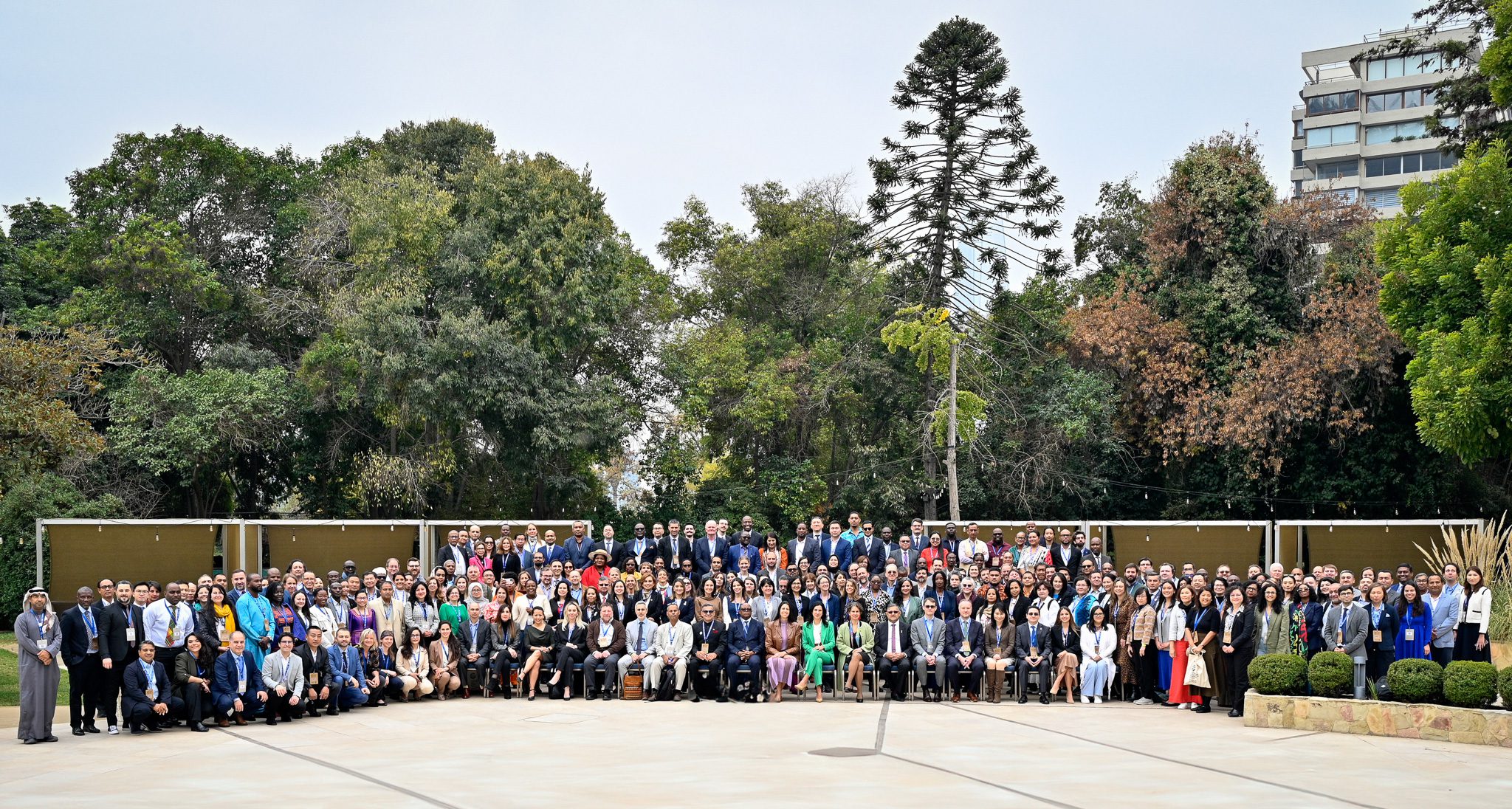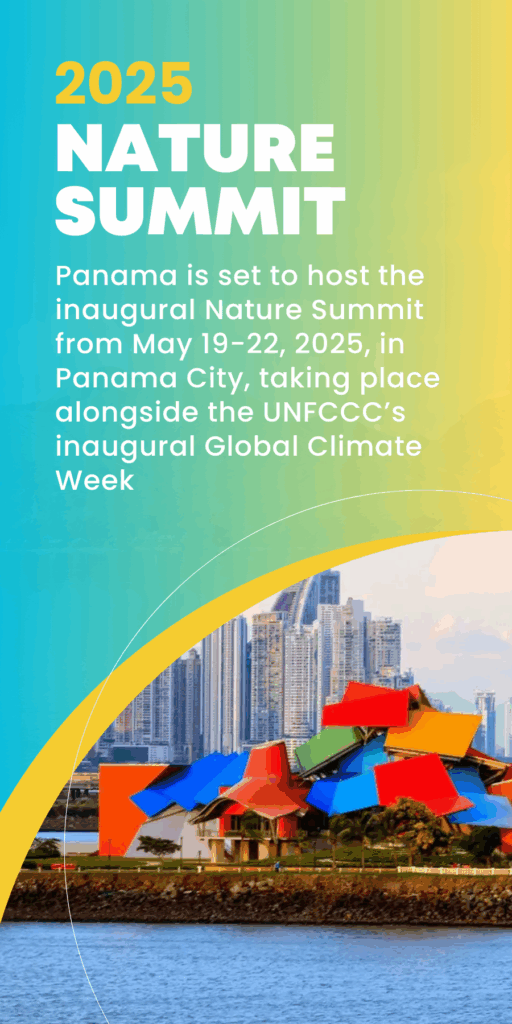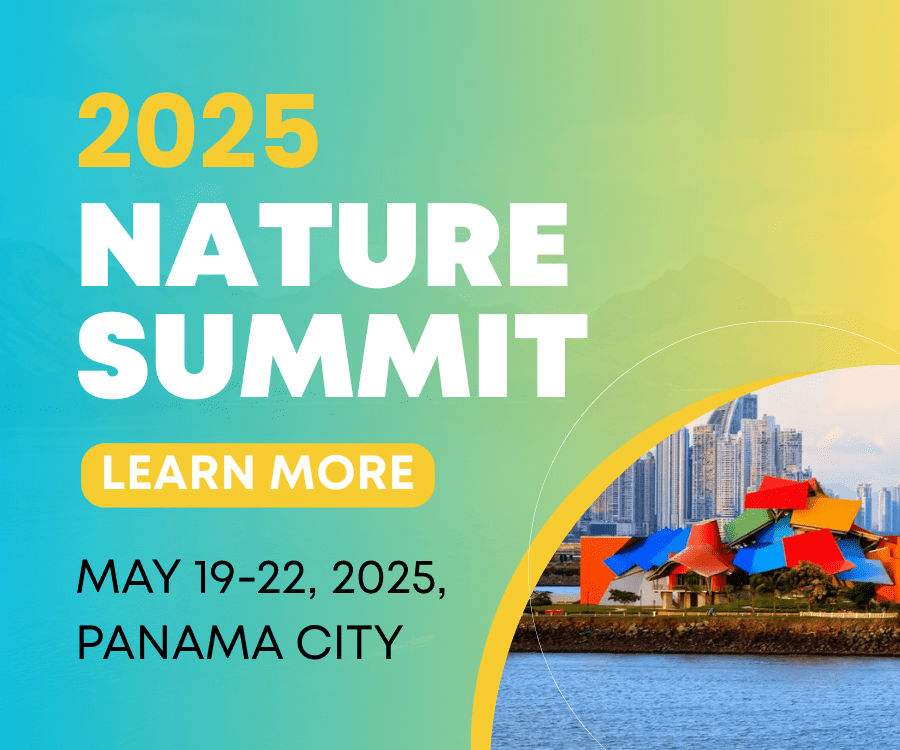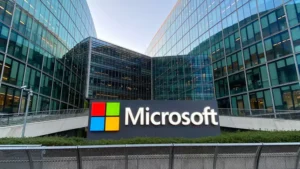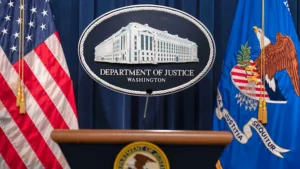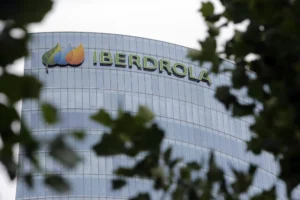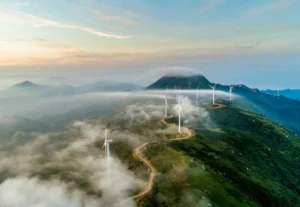- Navigate UNGA’s complex terminology to enhance global engagement.
- Master key acronyms like UNGA, SDGs, P5, and more for effective diplomacy.
- Equip yourself with this essential glossary for the UN’s most significant annual event.
The Essentials
UNGA
Acronym for the United Nations General Assembly’s “High-level Week”—pronounced “UN’-gah.” This event invites presidents, prime ministers, monarchs, and top leaders from all 193 UN member countries to address global issues. While locals might refer to it simply as the “General Assembly,” it’s more than a week of traffic and motorcades; it’s a year-round body where ambassadors discuss and vote on international matters.
General Debate
The highlight of UNGA, where each country’s leader delivers a state-of-the-world speech. This year’s theme focuses on “leaving no one behind” and “acting together” to advance peace, sustainable development, and human dignity. Leaders often use this platform to discuss global issues, showcase national achievements, and address grievances. While speeches are ideally under 15 minutes, there’s no strict enforcement. Though termed a “debate,” it’s more a series of speeches with opportunities for rebuttals at the day’s end.
Bilateral Meetings (“Bilats”)
Private sessions between leaders of two nations. Many believe the true value of UNGA lies in these face-to-face discussions and informal interactions among global decision-makers.
Key Meetings
Ministerials
Gatherings of cabinet-level officials, such as foreign ministers, from various countries to discuss specific issues.
Security Council
The UN’s most powerful body responsible for maintaining international peace and security. Comprising 15 members, it can pass binding resolutions, impose sanctions, and deploy peacekeeping forces. During UNGA, the council often holds high-profile meetings on pressing global concerns.
Important Groups and Numbers
P5
The five permanent members of the Security Council with veto power: China, France, Russia, the United Kingdom, and the United States.
E10
The ten elected, non-permanent members of the Security Council, serving two-year terms. Elected by the General Assembly, they represent various regions. Calls for Security Council reform are common, with critiques about the lack of permanent members from Africa and Latin America.
G77
Short for the “Group of 77,” a coalition of developing nations formed in 1964. Despite its name, it now includes 134 countries.
COP29
The upcoming UN global climate conference scheduled for November in Baku, Azerbaijan.
1.5 Degrees
A critical climate threshold aiming to limit global warming to 1.5 degrees Celsius above pre-industrial levels. The Earth has already warmed at least 1.1 degrees Celsius since the mid-1800s.
Essential Acronyms
SDGs
The UN’s “Sustainable Development Goals,” a set of 17 objectives adopted in 2015 to address issues like climate change, poverty, and gender equality by 2030. Progress has been lagging, prompting UN Secretary-General António Guterres to urge nations to “turbocharge the SDGs.”
SIDS
“Small Island Developing States,” comprising around 39 nations. UNGA provides them a platform to voice concerns about climate change and existential threats like rising sea levels and severe storms.
BRICS
An economic alliance originally including Brazil, Russia, India, China, and South Africa. Recently expanded to add Egypt, Ethiopia, Iran, and the United Arab Emirates, with other nations expressing interest. BRICS is gaining attention as a potential counterbalance to Western influence.
LDCs
“Least Developed Countries” characterized by extreme poverty, with a gross national income of $1,088 or less per person annually. Currently, 45 nations fall into this category.
NGOs
“Non-Governmental Organizations” that encompass advocacy groups, charitable foundations, and other civil society organizations playing a crucial role within the UN framework.
IFIs
International Financial Institutions like the World Bank and the International Monetary Fund, established at a 1944 UN conference in Bretton Woods, New Hampshire. Critics, including Guterres, argue they’ve failed developing countries, though these institutions assert they’re evolving to meet new challenges.
Key Terms and Concepts
Multilateralism
Collaborative global partnerships united in developing enduring rules and shared norms—the foundational principle of the UN. Many warn that true multilateralism is under threat in the current geopolitical climate.
Multipolar
A global structure where multiple nations hold significant power, as opposed to dominance by a single superpower or a bipolar scenario.
Multistakeholder Approach
A strategy involving governments, businesses, NGOs, and other entities in addressing global challenges. Guterres champions this model as essential for future world cooperation. However, some progressive groups criticize it as favoring corporate interests.
Two-State Solution
A proposed resolution to the Israeli-Palestinian conflict envisioning an independent Palestinian state alongside Israel. Established under the 1993 Oslo Accords and supported by the UN, progress has stalled, especially before the recent conflicts.
South-South Cooperation
Collaboration among countries in the Global South to amplify their voices in development and international affairs, aiming to foster mutual growth and reduce dependency on traditional powers.
Unilateral Coercive Measures
A term often used critically to describe sanctions imposed by one country to influence another’s actions without international consensus.
Related Article: Today UNGA Kicks Off with Summit of the Future Action Days


